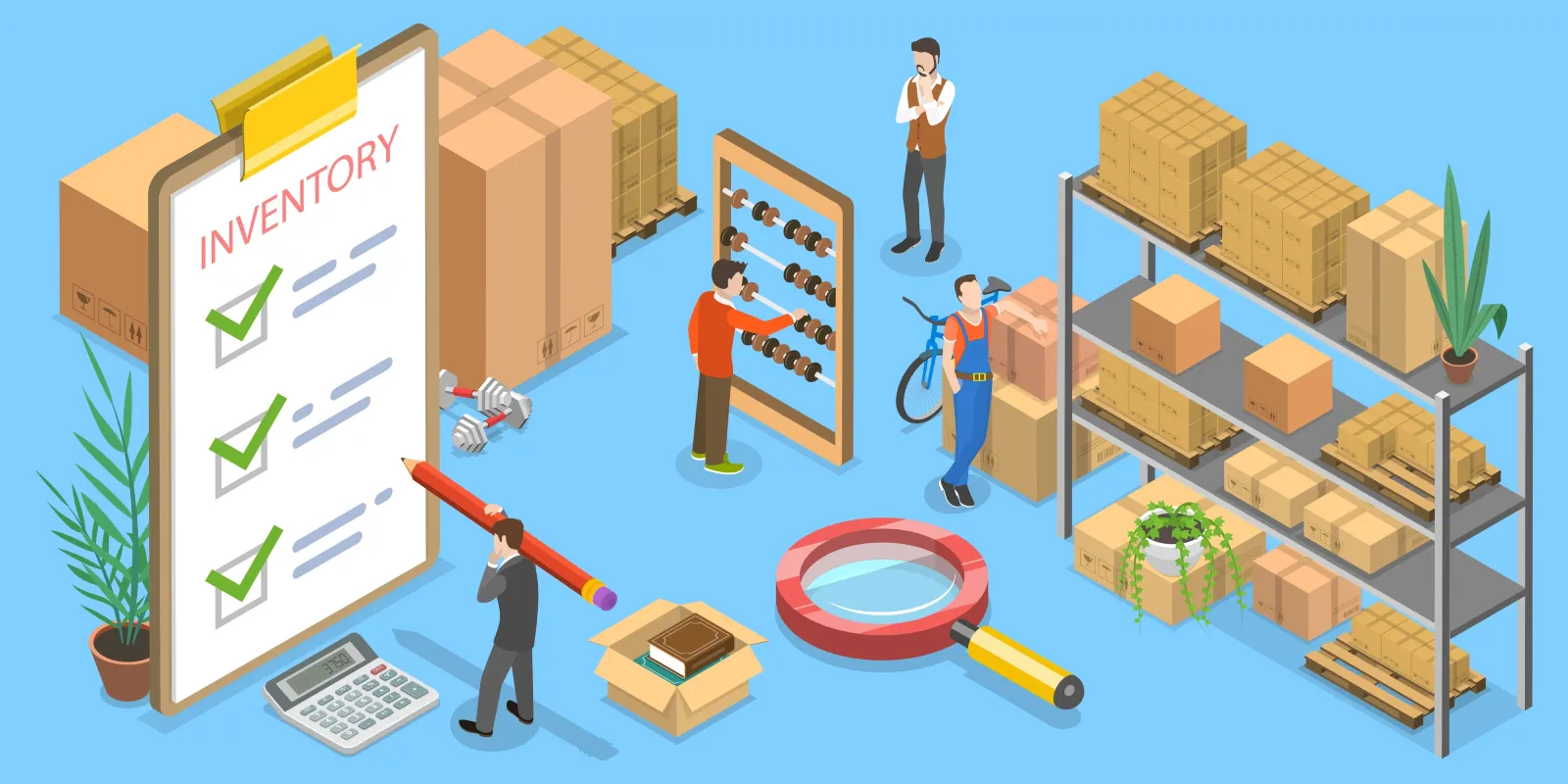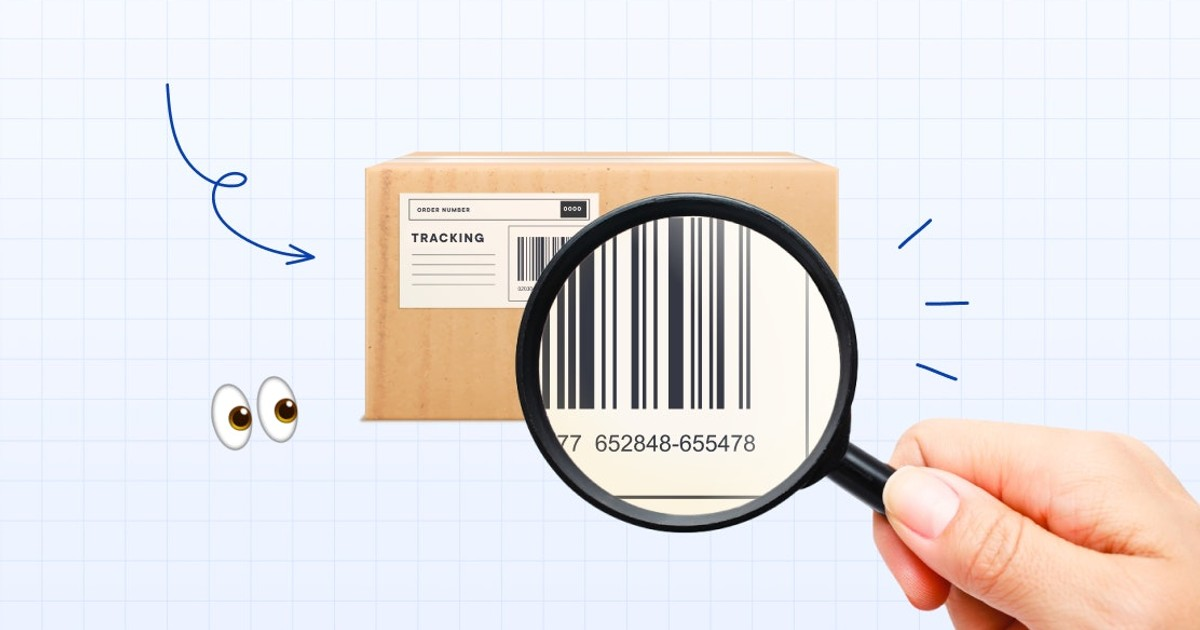Evite estas señales de alarma al evaluar las plataformas de seguimiento logístico global
Global shipping is faster than ever, but choosing the right plataforma mundial de seguimiento logístico can still make or break your business. With countless solutions promising end-to-end visibility and AI-powered tracking, many brands get caught by fancy marketing — only to face data gaps, missed updates, and unhappy customers later.
To avoid costly mistakes, it’s essential to spot the warning signs early. Let’s uncover the biggest red flags that signal a logistics tracking system might not be the right choice for your global supply chain.

1. Missing En tiempo real Tracking Accuracy in Supply Chain Visibility
1.1 Delayed or Inconsistent Updates
A reliable platform should show datos de envío en tiempo real. If updates appear hours late or only after manual refresh, that’s a serious concern. Time delays can ruin last-mile visibility, confuse customers, and create support chaos.
Modern logistics runs on synchronization. A five-minute delay might not sound like much, but at scale — across dozens of countries — it can snowball into huge operational inefficiencies. If your provider cannot guarantee sub-minute updates, it’s a red flag.
1.2 Lack of Global Carrier Integration
Many platforms claim to support “global tracking,” yet they only cover a limited number of couriers. When evaluating a system, always check whether it integrates with major carriers worldwide — including postal, express, and freight providers.
If your shipments move between regions like Asia-Pacific, North America, and Europe, limited carrier support will leave you with tracking gaps and frustrated clients.
2. Poor Data Reliability and Transparency
2.1 Data Conflicts Between Systems
If your almacén dashboard shows a parcel as “delivered” while the carrier system says “in transit,” you’ve got a data reliability issue. Consistency across APIs and platforms is non-negotiable.
A trustworthy plataforma mundial de seguimiento logístico must standardize data formats and verify updates before displaying them. Any mismatch can mislead your operations team or cause wrong status notifications.
2.2 Hidden Data Sources
Be wary of platforms that refuse to disclose where they collect tracking data. Reliable providers clearly list their integrations and data partners. Lack of transparency can lead to unreliable or outdated updates — especially if they scrape data instead of using authorized APIs.
3. Limited Coverage for Cross-Border Shipments

3.1 Gaps in Customs and Local Handover Tracking
Transfronterizo shipments don’t move in one continuous flow. They pass through customs, local couriers, and multiple sorting hubs. A weak system may stop tracking at the border or fail to display handover events.
This creates “black boxes” in your supply chain — leaving customers in the dark for days. Look for a platform that connects customs data, postal transitions, and last-mile updates in one timeline.
3.2 Lack of Multilingual Support
Your operations team might be global. If a platform only displays updates in one language, communication slows down. Modern logistics tools should automatically translate statuses and support localized notifications for different markets.
4. Poor User Experience and Interface Design
4.1 Complicated Dashboard Navigation
A tracking platform is only as good as its usability. When operators waste time clicking through confusing menus, productivity drops.
A clean interface with filters, smart search, and clear visual timelines helps users act quickly. If the interface feels cluttered or outdated, it might signal that the product lacks continuous improvement.
4.2 Limited Mobile Accessibility
Modern logistics runs 24/7. Your team needs to check shipment status on the go. A platform without a mobile-friendly dashboard or dedicated app adds unnecessary friction.
If your staff must log in from desktops to access basic tracking info, that’s a red flag — especially for global teams spread across time zones.
5. Lack of Integration with Core Business Systems

5.1 No API or Weak API Documentation
Integration is key to modern operations. Without robust APIs, you’ll waste hours on manual data entry. A strong plataforma mundial de seguimiento logístico should connect seamlessly with your ERP, CRM, and warehouse management system.
If documentation is incomplete or support is slow, integration will stall — blocking automation and real-time visibility.
5.2 No Support for E-commerce or OMS Platforms
E-commerce brands rely on Shopify, WooCommerce, or custom order management systems. If your logistics tracking solution doesn’t plug into these, it will disrupt order sync, shipment labeling, and status updates.
A missing integration layer is a clear signal that the product is built for small operations, not scalable global trade.
6. Hidden Fees and Poor Service Transparency
6.1 Vague Pricing Tiers
Many providers advertise “simple pricing,” but add hidden costs for API calls, carrier additions, or SMS alerts. Before signing any contract, request a complete cost breakdown — including data volume limits and regional fees.
A trustworthy platform should provide predictable billing, allowing you to scale without sudden price jumps.
6.2 Slow or Inaccessible Support
When your supply chain faces a tracking issue, you need instant help. If the vendor’s support is limited to ticket forms or long email queues, that’s a warning sign.
Look for 24/7 multilingual support and dedicated account managers who can resolve carrier-side problems quickly.
7. No Data Security or Compliance Framework
7.1 Missing Data Encryption or GDPR Compliance
Every logistics system handles sensitive information — customer addresses, phone numbers, and order details. If the provider doesn’t clearly state how it secures this data, avoid it.
Ensure your chosen platform meets GDPR, SOC 2, or ISO 27001 standards. Without encryption and access control, even the best tracking accuracy won’t matter.

7.2 Lack of Audit Trail and Access Logs
A mature platform keeps records of every status update and user action. This helps in audits, disputes, and carrier investigations.
If no audit trail exists, you lose accountability — a critical weakness in enterprise logistics.
8. No Scalability or Customization
8.1 Limited Shipment Volume Support
Your tracking tool should grow with your business. If it struggles to process thousands of shipments or slows down during peak season, it’s not built for scalability.
Ask your vendor how many API requests or active parcels their system can handle per minute. A vague answer means risk.
8.2 No Custom Dashboard or Report Builder
Each business tracks different KPIs — delivery rate, average delay time, or despacho de aduanas speed. A platform that doesn’t allow custom reporting forces you to rely on generic charts.
Flexibility in analytics is key to improving operational efficiency.
9. Ignoring End-Customer Experience

9.1 No Branded Tracking Page
A professional brand experience doesn’t end at checkout. Customers expect consistent design when tracking orders. If your platform doesn’t offer a custom tracking page with your logo and language, it breaks trust.
A branded experience keeps users engaged and reduces support inquiries.
9.2 Lack of Delivery Feedback Collection
Smart logistics doesn’t stop at delivery — it learns from it. Platforms that let customers leave feedback after successful deliveries provide valuable data for improving courier selection and service quality.
10. Choosing the Right Partner
A solid plataforma mundial de seguimiento logístico should offer more than raw data. It must connect carriers, provide predictive intelligence, and empower your team with control over every shipment.
When evaluating providers, focus on reliability, integration, and scalability — not just price or interface design. Watch out for the red flags above, and you’ll avoid downtime, missed updates, and unhappy clients.
Plataformas como PostalParcel combine smart routing, unified tracking, and AI-driven alerts to simplify cross-border logistics. The right partner doesn’t just show where your shipment is — it helps you stay ahead of every delivery challenge.
Perspectivas del sector
noticias vía inbox
Nulla turp dis cursus. Integer liberos euismod pretium faucibua







